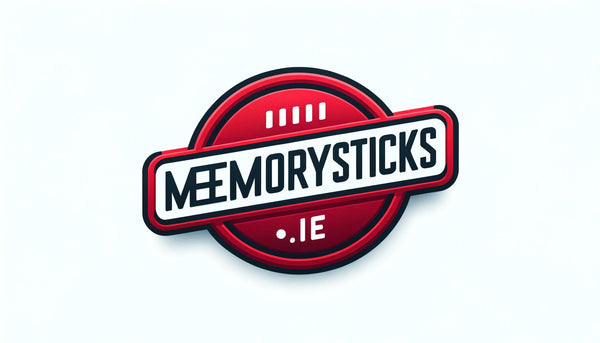In an era where data is as precious as gold, USB sticks have become the go-to solution for portable storage. From the humble beginnings of floppy disks to the sleek, compact USB flash drives we know today, the evolution of data storage has been remarkable. However, as we continue to innovate and upgrade, we often overlook the environmental impact of these seemingly innocuous devices. Let's delve into the world of USB sticks and explore how we can move towards more sustainable alternatives.
The Environmental Footprint of USB Sticks
The journey of a USB stick begins long before it ends up in your pocket. The production process involves a variety of materials, including plastics, metals, and electronic components. The extraction and processing of these materials consume significant amounts of energy and contribute to carbon emissions. Furthermore, the manufacturing process itself is energy-intensive, adding to the overall environmental footprint of these devices.
But the story doesn't end there. Once a USB stick reaches the end of its life, it becomes part of the growing problem of electronic waste (e-waste). Despite their small size, USB sticks contribute to the millions of tonnes of e-waste generated globally each year. The challenge of recycling USB sticks lies in their complex composition, making it difficult to separate and recover valuable materials. As a result, many end up in landfills, where they can leach harmful chemicals into the environment.
Sustainable Alternatives to USB Sticks
So, what can we do to mitigate the environmental impact of USB sticks? One solution is to embrace cloud storage solutions. By storing data online, we can reduce the demand for physical storage devices and decrease the associated environmental footprint. Cloud storage also offers the added benefits of accessibility and scalability.
Another innovative approach is the development of biodegradable USB sticks. Made from eco-friendly materials like wood, paper, or bioplastics, these devices are designed to break down naturally at the end of their life, reducing their impact on the environment.
In addition, advancements in eco-friendly data storage technology are paving the way for more sustainable options. For example, researchers are exploring the use of DNA for data storage, which could revolutionize the industry and significantly reduce the environmental impact.
The Role of Consumers in Reducing Environmental Impact
As consumers, we play a crucial role in driving the demand for more sustainable products. By choosing eco-friendly alternatives and using USB sticks responsibly, we can help reduce their environmental impact. Here are some tips to extend the lifespan of your USB stick:
- Store your USB stick in a safe, dry place to prevent damage.
- Use a single USB stick for multiple purposes rather than having one for each task.
- Properly delete and format your USB stick before disposing of it to ensure data security.
Moreover, we can encourage the adoption of sustainable alternatives by supporting companies that prioritize eco-friendly practices and by spreading awareness about the environmental impact of USB sticks.
The Future of Data Storage and Environmental Sustainability
Looking ahead, the future of data storage holds promise for greater environmental sustainability. Emerging trends in sustainable data storage solutions are gaining momentum, with an increasing focus on reducing energy consumption and minimizing waste.
As technology companies continue to innovate, they have a responsibility to prioritize eco-friendly practices in their products and operations. By embracing sustainable alternatives and investing in research and development, they can play a pivotal role in shaping a greener future for data storage.
Conclusion
In conclusion, while USB sticks have revolutionized the way we store and transfer data, their environmental impact cannot be ignored. By understanding the challenges associated with their production, usage, and disposal, we can make informed choices that contribute to a more sustainable future. Embracing sustainable alternatives and adopting responsible practices are key steps in mitigating the environmental footprint of USB sticks.
Take Action for a Greener Future
As we move forward, let's take action for a greener future by making conscious choices about our data storage needs. By supporting eco-friendly technology innovations and adopting sustainable alternatives, we can pave the way for a more environmentally responsible approach to data storage. Together, we can ensure that our digital convenience does not come at the expense of our planet's well-being.

